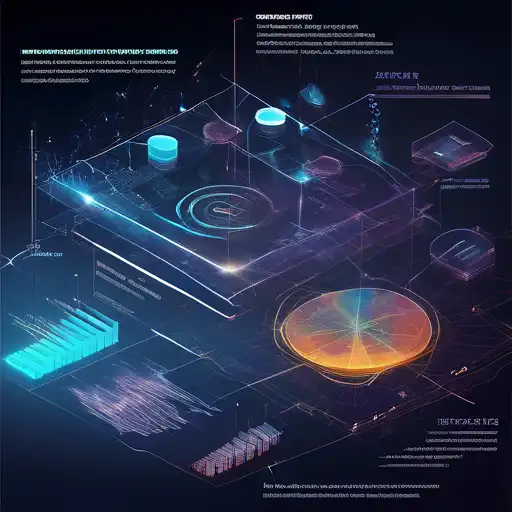Introduction to Data Visualization
In the era of big data, the ability to visualize complex datasets in an understandable and actionable manner is more crucial than ever. Data visualization techniques transform raw data into visual contexts, such as charts, graphs, and maps, making the data more accessible and easier to interpret. This article explores the most effective data visualization techniques that can help businesses and individuals gain better insights from their data.
Why Data Visualization Matters
Data visualization is not just about making data look pretty; it's about making data speak. It enables decision-makers to see analytics presented visually, so they can grasp difficult concepts or identify new patterns. With interactive visualization, you can take the concept a step further by using technology to drill down into charts and graphs for more detail, interactively changing what data you see and how it’s processed.
Key Data Visualization Techniques
There are several techniques that can be employed to visualize data effectively. Here are some of the most popular ones:
- Bar Charts: Ideal for comparing quantities among different groups.
- Line Graphs: Best for visualizing data trends over time.
- Pie Charts: Useful for showing proportions and percentages.
- Scatter Plots: Excellent for identifying relationships between variables.
- Heat Maps: Great for visualizing complex data like user behavior on websites.
Advanced Visualization Techniques
For those looking to dive deeper, advanced techniques such as visual analytics and interactive dashboards offer more sophisticated ways to explore data. These methods not only present data visually but also allow users to manipulate and interact with the data in real-time, leading to more dynamic insights.
Choosing the Right Visualization Tool
Selecting the right tool is critical for effective data visualization. Tools range from simple, like Microsoft Excel, to more complex, like Tableau or Power BI. The choice depends on the complexity of your data and the depth of analysis required. For beginners, starting with simpler tools and gradually moving to more advanced ones is advisable.
Best Practices for Data Visualization
To maximize the effectiveness of your data visualization efforts, consider the following best practices:
- Always know your audience and tailor your visualizations to their needs.
- Keep it simple. Avoid clutter and focus on the key message.
- Use color wisely to highlight important data points.
- Ensure your visualizations are accessible to all users, including those with color vision deficiencies.
Conclusion
Data visualization is a powerful tool for uncovering insights that might remain hidden in text-based data. By employing the right techniques and tools, you can transform complex datasets into clear, actionable insights. Whether you're a business analyst, a marketer, or just someone interested in data, mastering data visualization techniques is essential in today’s data-driven world.
